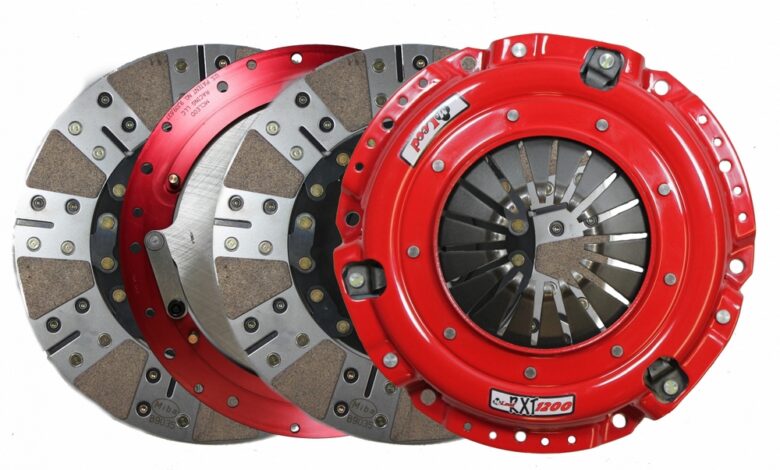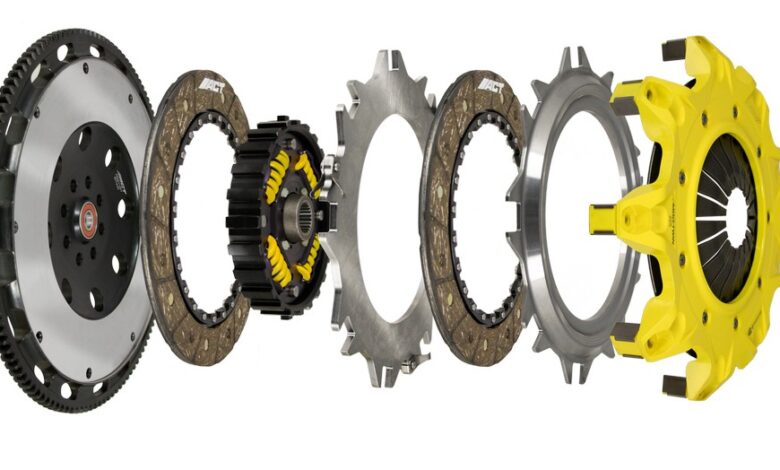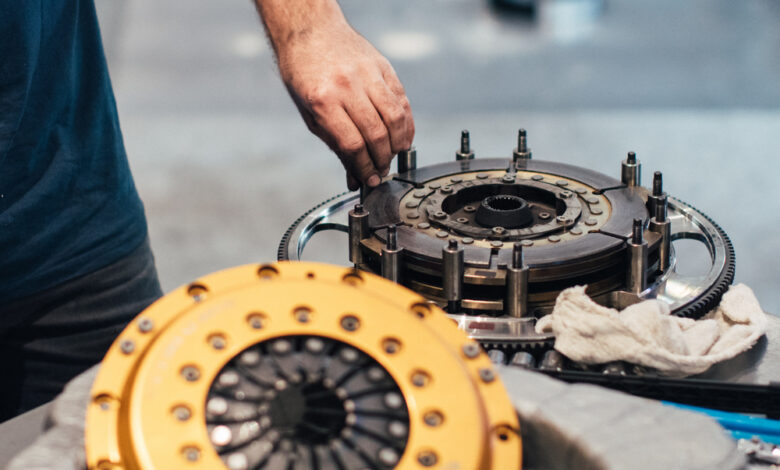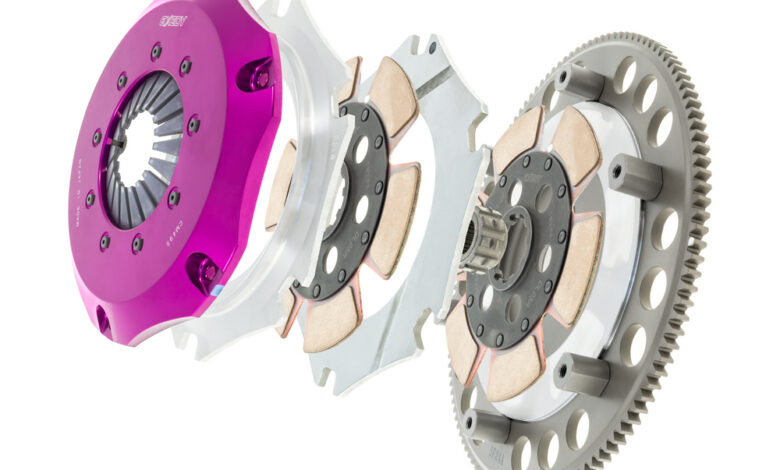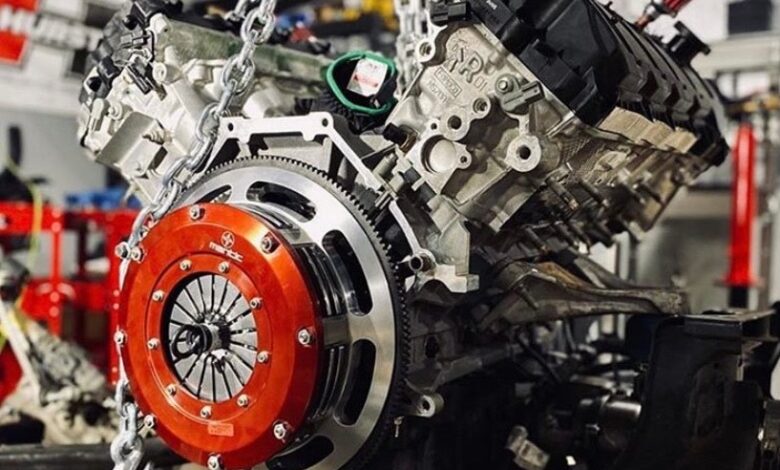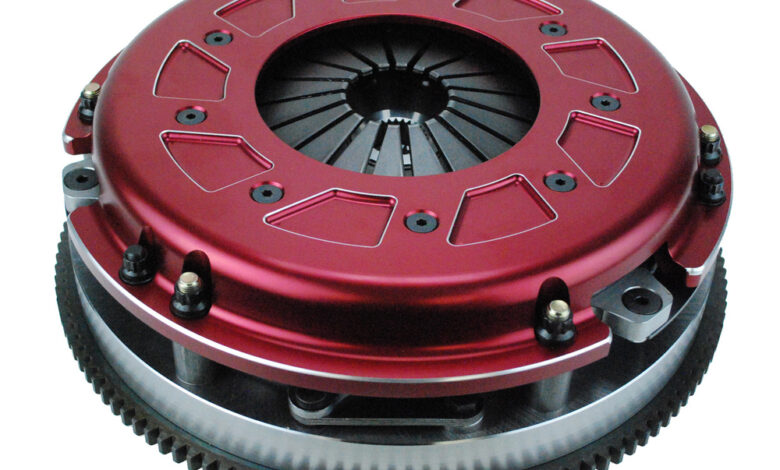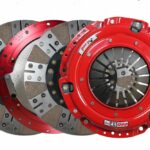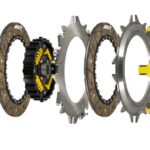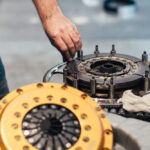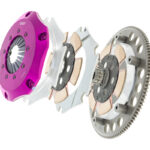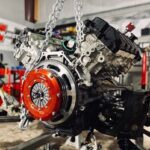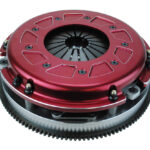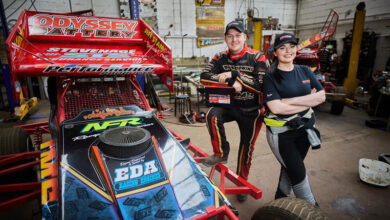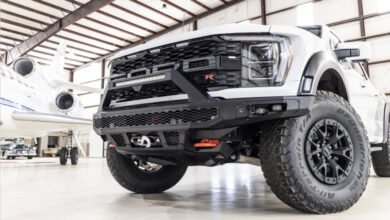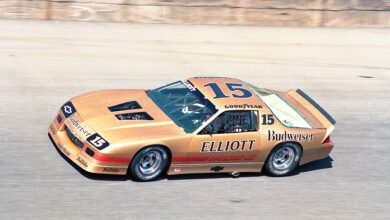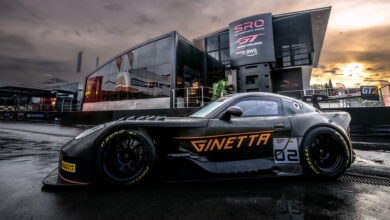Hold Me Tight: Performance Clutch Systems
Keeping pace with today’s power progressions.
This article originally appeared in the April 2023 issue of THE SHOP.
The continued excitement around manual shifting from a loyal group of racers and street enthusiasts means the clutch market remains strong, even amid all the new developments happening with automatic transmissions.
In fact, the clutch market is seeing plenty of advancements of its own as it strives to keep pace with the ever-increasing power numbers being produced at the factory and by engine builders.
Shops offering clutch system upgrades are tasked with understanding the potential and planned usages of each project in order to find the proper setup that delivers a perfect blend of performance and drivability.
To help, clutch manufacturers offer their views on the market, what it takes to be successful and which products are currently in demand.
PARTNERS IN POWER
Modern clutch systems are all faced with the same task—handling the incredible horsepower numbers found in today’s performance power plants.
“The challenge is producing effective clutch systems to address the higher power levels that builders are extracting from engine combinations and that are coming from the factory, while still maintaining good drivability for customers,” says Mike Norcia, sales and marketing director at RAM Clutches. “Drivers expect to have 1,000 hp and have it drive like it did the day it came off the showroom floor, which is not always feasible.”
Geoff Gerko, owner of Mantic Clutch USA, agrees.
“The biggest change we’ve seen is how much power you can make and keep very user-friendly,” he says. “A 700-hp daily driver is pretty common, and 1,000 hp is not unheard of.”
If you haven’t noticed, “drivability” is the key word.
“Drivability has become just as important as how much power the clutch can handle,” echoes Bill Garrett, account executive/tech support for Exedy Globalparts. “As auto manufacturers and tuners continue to push the envelope on street-drivable power, customers want clutches that handle these power levels but are still easy to manage for daily driving.”
Handling that power “requires more intentional design and manufacturing decisions,” says Chris Bernal, VP of engineering for Advanced Clutch Technology.
“Drivers want to fully enjoy 600-, 800- or even 1,000-plus-hp vehicles on the street with minimal compromises in drivability,” he notes. “The leg-shaking days of old have been left far behind.”
As part of this trend, clutch systems are now being developed for very specific applications, explains Will “Mr. Clutch” Baty, product development manager for McLeod Clutches/PowerTrain Technology Clutches.
“Back in the day, a 10.5-inch clutch could be used for several applications. Not so much anymore,” he says. “The clutch isn’t just a device to hold power like it used to be.”
For instance, with today’s ECU-controlled vehicles, “we must engineer the entire rotating assembly to not only hold the power, but also work with the vehicle’s computer system. The clutch and flywheel should be matched together for the intended purpose of the vehicle. It’s just like picking a cam for the engine.”
The key, then, is to take a more holistic approach.
“When designing a clutch package for today’s market, you really have to look at the entire driveline—from the engine to the differential,” Baty says. “Everything needs to work together.”
Shops are seeing an increased demand for more clutch holding capacity from smaller/lighter components while maintaining smooth, controlled drivability, says K.C. Polk, lead engineer at Centerforce, leading to smaller margins for error.
“Performance engine torque ratings have increased dramatically from 10 years ago. Hence, the need for better components, improved friction compounds and multi-disc clutch platforms,” Polk notes. “OE clutch combinations, for the most part, used to have a 1.5% safety factor built in. So, if your engine originally produced 100 pound-feet of torque, OE clutch engineers would specify a clutch package rated at 150 pound-feet. Today, that safety factor has diminished to almost 1:1. Therefore, it is fairly easy to exceed the modern factory clutch torque capacity with only mild bolt-on power-adders.”
PROCEED WITH CAUTION
To be successful, installers must understand their clutch systems inside and out.
“It makes it much easier to sell and install when you know the product,” Baty advises. “A clutch manufacturer may require a different flywheel or release bearing for a particular application. So, if you don’t know, no problem—give us a call. We are happy to go over the product line with you.”
Educated shops can then help customers choose the perfect system for their individual needs while avoiding common pitfalls.
“The No. 1 mistake is selling a poor match,” says Bernal. “It is critically important to ask questions that reveal how the vehicle will be driven and what the performance intentions are. For example, installing a dedicated racing clutch for daily street use is a perfect recipe for customer dissatisfaction.”
When installing a clutch, the flywheel should always be replaced or resurfaced, Garrett stresses.
“It’s important to match the flywheel to the clutch,” he says. “Depending on the customer’s needs, a decision should be made on an OE or lightweight performance flywheel.”
Matching the clutch and flywheel is also vital, Polk adds.
“For example, a lightweight aluminum flywheel for most street-driven applications is generally a mistake. Clutch/flywheel combinations, materials and related hardware should be matched to the vehicle application and its intended use,” he says. “Just like cylinder heads, cam, intake and exhaust need to be matched to work together, so do your clutch and flywheel.”
With so many vehicle variables, including overall weight, final drive ratio, transmission ratio, tire size, driving style, street/off-road/race use and others, there really is no one size or type of clutch/flywheel combination that fits all, Polk continues.
“As always, it is best to contact the manufacturer for more exact recommendations on a case-by-case basis.”
Regarding the actual installation, Gerko has a simple starting point—the supplied instructions.
“Our product is fairly straightforward, but it does have some key differences from an OE or stamped cover clutch,” he says.
Once inside, Norcia warns of improper evaluation and setup of internal factory hydraulic systems.
“Installers need to be willing and able to competently measure fitment and bearing position to ensure a successful clutch installation, no matter whose clutch system they are using,” he cautions.
SALES SUGGESTIONS
The flip side of dodging mistakes is taking that extra step to ensure the sale. Suppliers have suggestions.
“Take your time with the customer and ask lots of questions,” advises RAM’s Norcia. “You must determine not only what the proper clutch is for the application, but also what the customer’s expectations are from the clutch system.”
Exedy’s Garrett agrees on the importance of understanding the vehicle’s intended use.
“Nothing is worse than a clutch that does not suit the customer’s power needs and driving style,” he says. “The right clutch goes a long way toward the overall performance of the car and how fun it is drive.”
Timing is also critical, adds ACT’s Bernal,
“Work as early as possible with the customer on their build or upgrade path. Make sure they know at which points different decisions need to be made. Smarter early decisions can make future upgrades simpler and less costly, especially since most cars require four to eight hours of labor for an install.”
Gerko from Mantic Clutch USA suggests focusing on the positives.
“Be sure the customer knows that our products drive like an OE clutch—pedal is light, engagement is smooth, and operation is quiet. Those are usually good selling points for us.”
And again, knowing the product is always essential, notes Trent McGee, marketing manager for Centerforce.
“Educate counter people on the various clutch types that are available, so they can make sound recommendations to customers based on their needs and uses. Most clutch manufacturers, including Centerforce, have several different clutch lines that are tailored to specific uses and performance needs. Knowing the features and benefits of those specific lines can go a long way toward gaining customer trust and ultimately making a sale.”
Serving as the local expert helps direct customers to shop based on service and performance, not price, McGee continues.
“Even if your shop or your clutch recommendation isn’t the cheapest option, providing the knowledge and expertise to a customer on the spot offers a tremendous amount of value, especially when the customer is unsure of exactly what he or she needs.”
Part of that knowledge comes from establishing a strong relationship with your suppliers, says Baty from McLeod.
“Work with a company that offers more than just the same old pressure plate and disc. Using McLeod as an example, with four different driveline-based companies under our umbrella of brands we have a complete and full range of products to design clutches, flywheels, hydraulics, bellhousing, transmissions, crossmembers, hardware and more for just about every type of vehicle on the road today.”
